Mazatlan, Sinaloa
Tug boat for our ferry
La Basilica de Mazatlan
The municipal market of Mazatlan covers a whole city block. The restaurants are upstairs.
All the tuk tuks are Volkswagen
They have as many tuk tuks and colectivos as in Thailand.
Plazuela Machado in the historic district of Mazatlan
A ruin in the historic district
The malecon of Mazatlan is 7km long
They have a free seawater pool on the malecon
Fresh ceviche
The highway between Mazatlan and Durango is spectacular.
The highway between Mazatlan and Durango opened in 2013. It took 14 years to build. It has 115 bridges and 68 tunnels. It is 230 km long. La autopista Mazatlan-Durango.It is a great pleasure to drive this fantastic highway.
This is the largest bridge, El Baluarte. It took 4 years to build it.
This is one of the run-away truck ramps.
The highway is dotted with small eateries selling excellent gorditas like this one made from blue corn

--------------------------------------------------------------------------------------------------------------------------
Durango, State of Durango
La Plaza de Armas de Durango
Nice walking street
Former Palacio de Zambrano, now Pancho Villa Museum
--------------------------------------------------------------------------------------------------------------------------
Sombrerete, Zacatecas
This town is a maze of narrow cobblestone alleys and streets between plazas of all sizes and shapes. Everything here is clean and well maintained. Very unique town design. It has a European feel.
Old-style wood-fired rotisserie
These are true gorditas. They are not deep-fried.
What a yummy gordita
--------------------------------------------------------------------------------------------------------------------------
Aguascalientes, Aguascalientes
The cleanest city in Latin America. It is true that everything is impeccable here.
the mercado municipal is very clean. Food is excellent.
these chiles rellenos are waiting to be deep fried.
shoelaces
The Ojo Caliente hot springs in Aguascalientes was built in 1800.
The concept is new to us. They empty and thoroughly clean each pool between customers. When you come in, you first chose the pool you want and they start filling it. It takes 45 minutes to fill. The water keeps flowing for the whole time you are soaking, this way it is always clean. They have 31 pools of all sizes, from very small to as large as a swimming pool, some open sky and others indoors. Ours was average in size. Each is very private, with a door you can lock. It costs about 15 dollars per hour of use.
A private shower/changing room next to the pool
This person is a curandero. He was performing healings on the sidewalk.
--------------------------------------------------------------------------------------------------------------------------
Calvillo, Aguascalientes
One hour from Aguascalientes is the pretty town of Calvillo
This town revolves around the guava.
This entire store is dedicated to the guava, from candy to alcohol
Calvillo is one of the 83 magical towns (pueblos magicos) of Mexico. The Programa Pueblos Mágicos ("Magical Villages Programme") is an initiative led by Mexico's Secretariat of Tourism (SECTUR), in conjunction with other federal and state agencies, to promote a series of towns around the country that offer visitors a "magical" experience – by reason of their natural beauty, cultural riches, or historical relevance. The Mexico Tourism Board acknowledges that México´s magical element, and not only its sun and beaches, is what keeps many tourists coming back. Thus, they created the 'Pueblos Mágicos' program to recognize places across the country that imbue certain characteristics that make them unique and historically significant.
-------------------------------------------------------------------------------------------------------------------------
Guanajuato, Guanajuato
Jardin de la Union
The underground streets are a maze under the city. Flooding had been a serious problem through most of the city’s history, due to the area’s steep compact hillsides. In 1760 and 1780 two major floods nearly wiped out the city. This spurred construction of large ditches and tunnels to contain and divert overflows during the rainy season. These eventually crisscrossed a large part of the city. Dam construction in the 1960s brought the flooding under control, and many of the ditches and tunnels were converted into underground roadways.[
Another entrance to the underground streets

The Alhóndiga de Granaditas is a very large building covering an entire city block. It was originally built to store enough grain to feed the city for a year to protect the population against famines such as those that occurred in 1783, due to crop failure.[16] This gave the building its name, which roughly translates to “house of grain.
The funicular of Guanajuato
The Mummies of Guanajuato (Museo de las momias) are a number of naturally mummified bodies interred during a cholera outbreak around Guanajuato, Mexico in 1833. The mummies were discovered in a cemetery in Guanajuato, making the city one of the biggest tourist attractions in Mexico.
This mum and her baby can be seen in the next picture, second from the left.
San Miguel de Allende, Guanajuato
Most homes are a shade of ocre
La Gruta, a hot spring in San Miguel de Allende. There are other hot springs, a couple of them are hotels too.








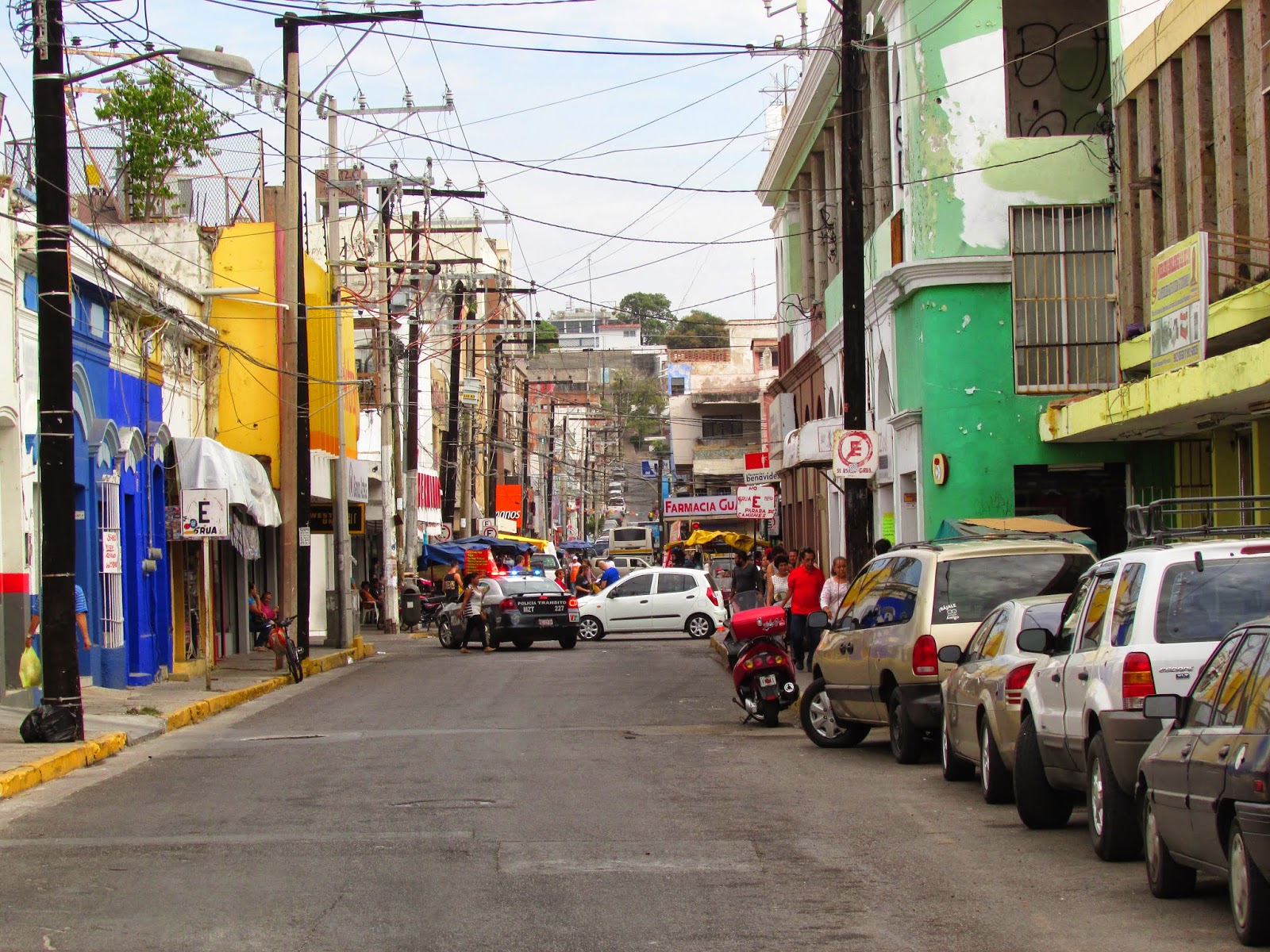







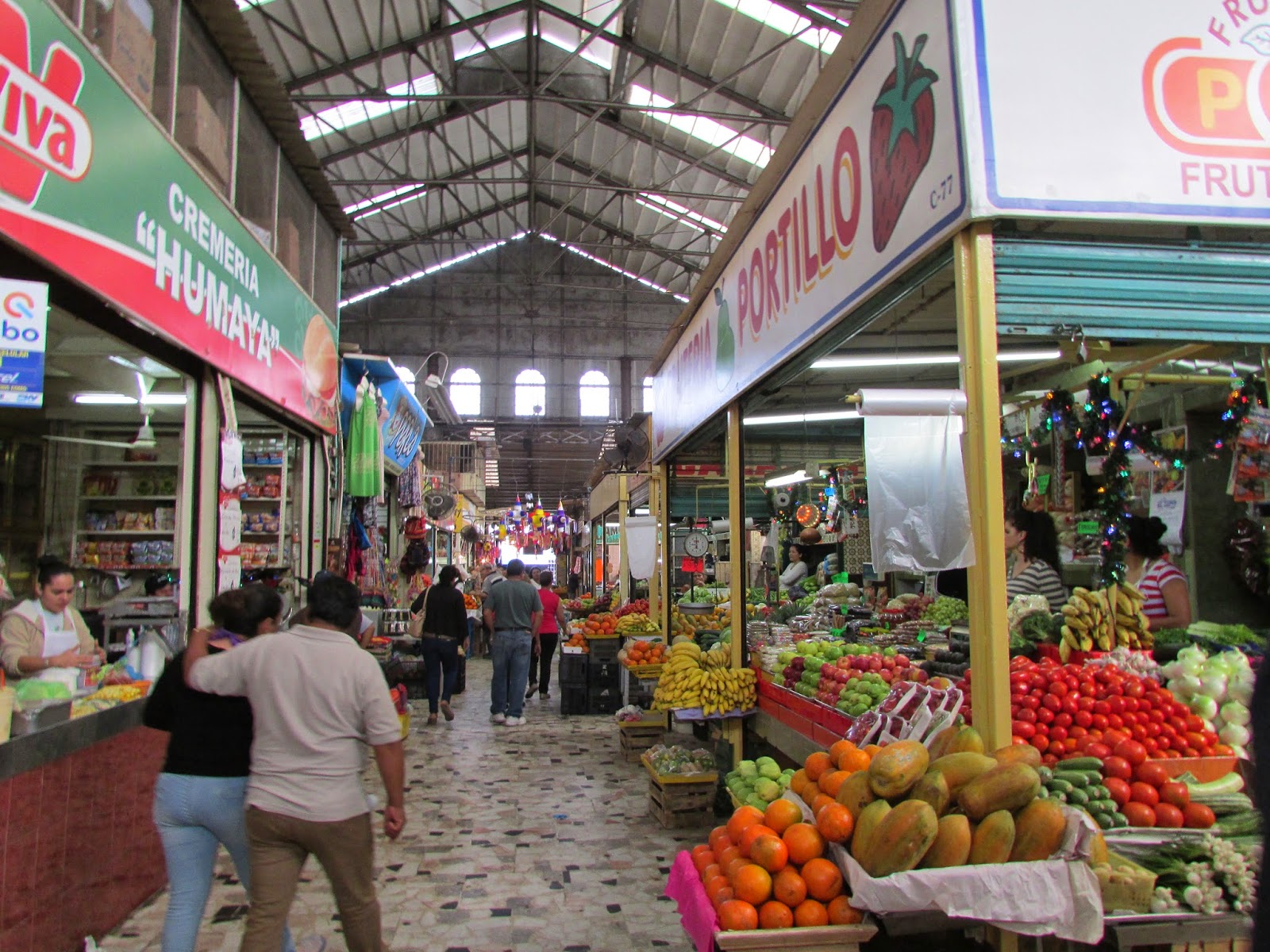




















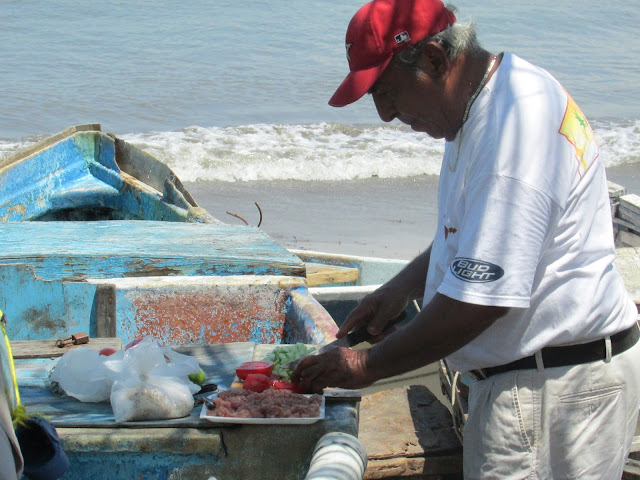


























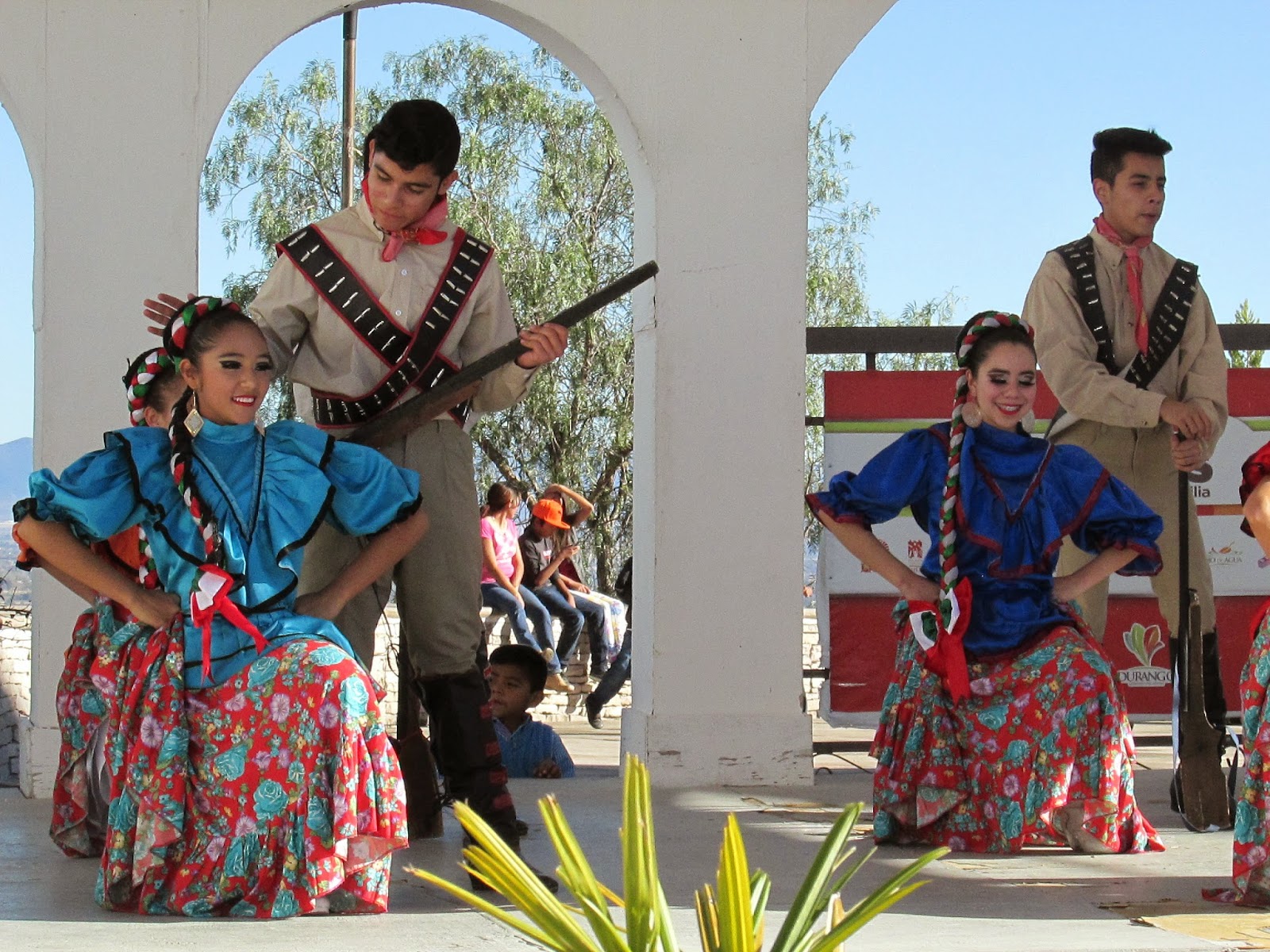
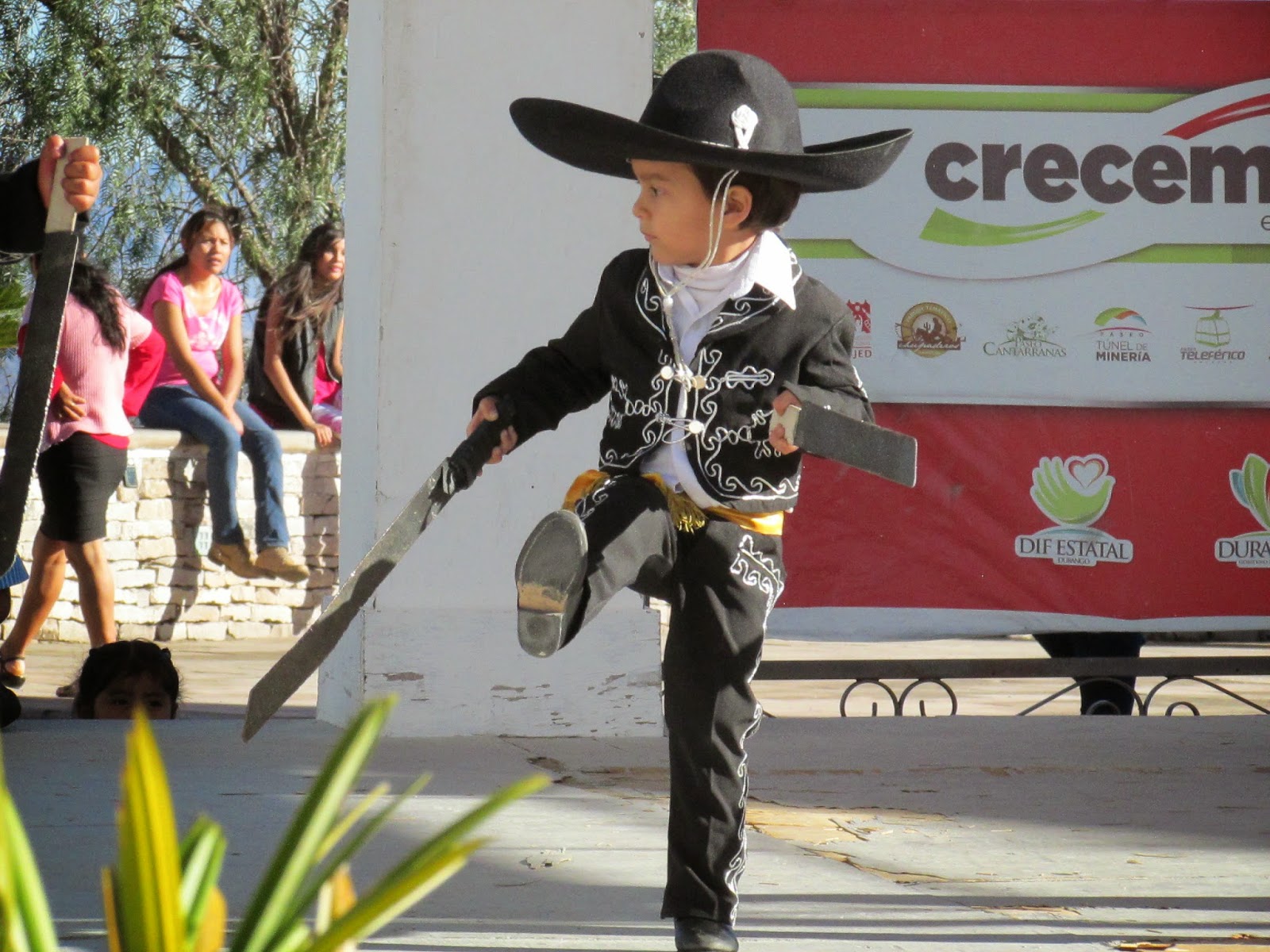


































































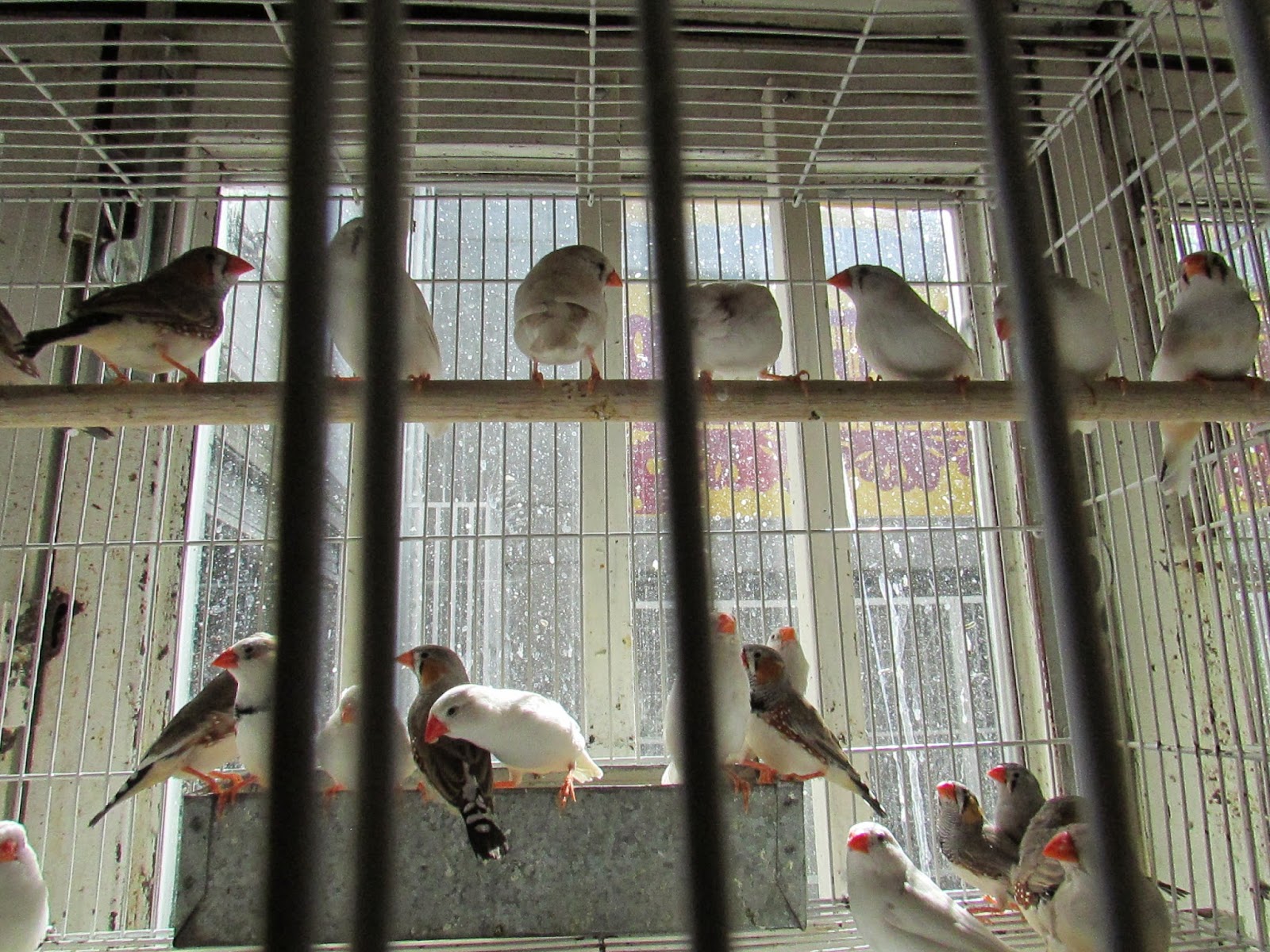








































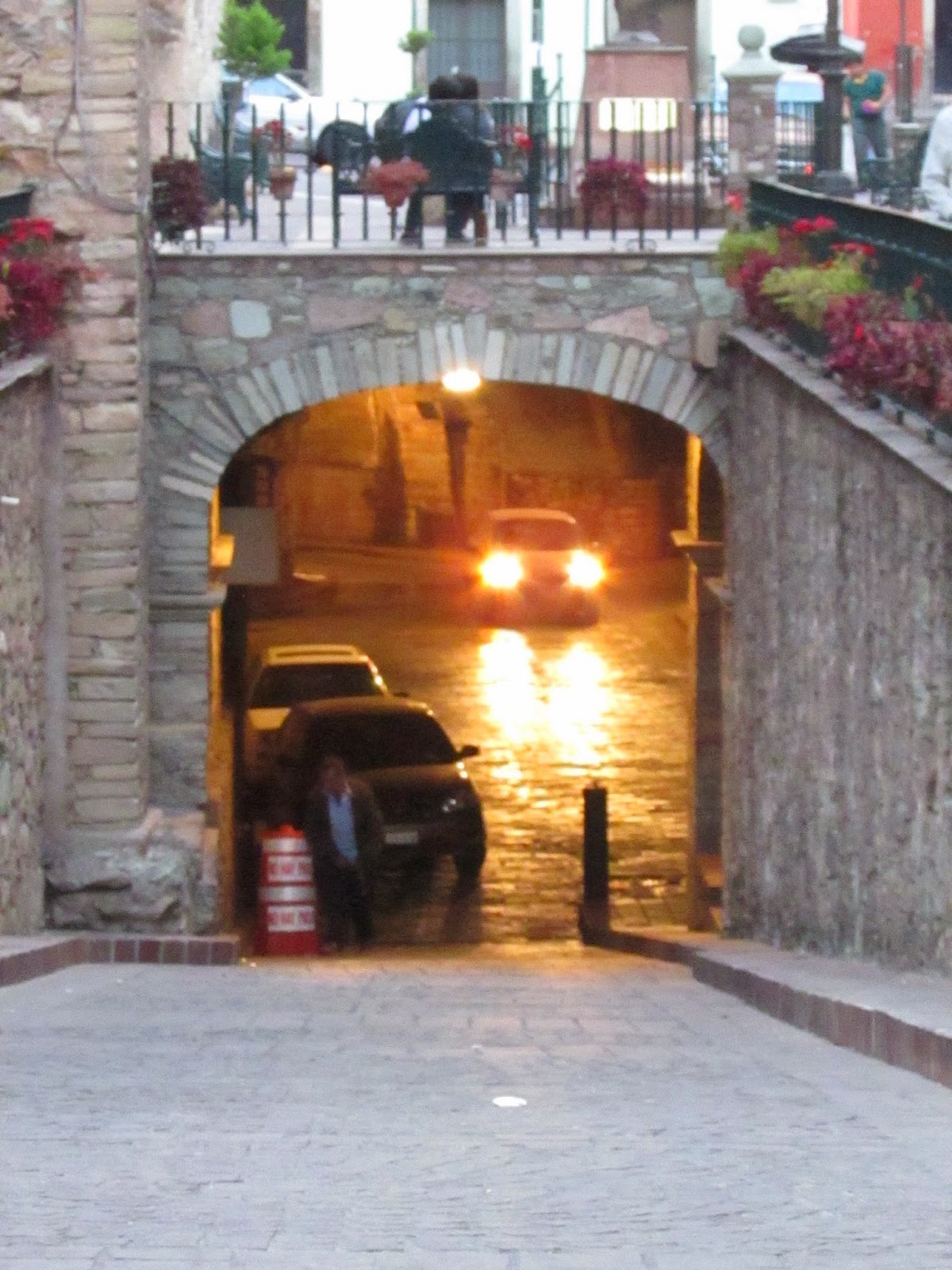










































No comments:
Post a Comment